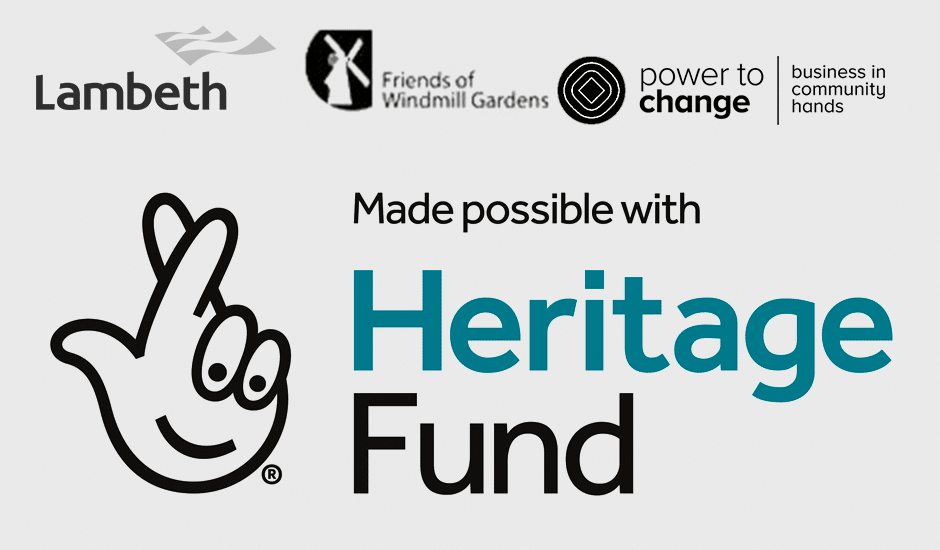Mariana Elsesser

Volunteer miller and other roles
Tell us a bit about yourself – what do you do when you’re not volunteering?
When I started volunteering with FoWG, I was working in the exhibitions team of a public gallery, but I have very recently started a new job with a small charity based in north London.
What sort of volunteering work do you do with FoWG?
I started volunteering as a miller at Brixton Windmill in early March, just before everything kicked off with Covid-19! Due to flour shortages during lockdown, the windmill actually started milling a lot more than usual to help supply flour to local foodbanks and shops. After that it felt like there were lots of new volunteers signing up to mill. It felt great to meet with so many different people while we were all contributing to the local community. More recently, I have been helping out a little bit with the pop-up café, and I’ve now joined the Communications team.
How did you get into volunteering with FoWG?
In my previous job I worked with volunteers every day; it was important to me that I did some volunteering outside of work so that I wouldn’t become disconnected from the ‘volunteer experience’. I have done a whole host of different volunteering roles since my early teens, but this time I was looking for something completely different. I also really wanted to do something hands on, and ideally where I could be learn a new skill. As luck would have it, after scouring the internet I came across the opportunity to mill flour at Brixton Windmill – it sounded exactly like what I had been looking for.
What is your favourite thing about volunteering?
I touched on this in my last answer, but my favourite thing has to be that I’ve had the opportunity to do something which I never normally would. I don’t think I had ever even visited a windmill before coming to Brixton Windmill. I honestly had no idea what would be required of me as a miller when I turned up on the first day, but it’s been so interesting learning how the windmill functions and how flour would have been produced historically.
What is the one piece of advice you’d give to someone looking to volunteer?
I would say just try it and see if you like it! There are loads of different roles available here, and within a few months I had already branched into other areas of volunteering at the windmill. One of the things that attracted me to volunteering at Brixton Windmill (which may be relevant to others) is that you can be pretty flexible in how you commit your time – in other voluntary roles I always had to commit a certain amount of time each week, whereas at Brixton Windmill you can just sign up for the days which suit you best.
How do you feel you have benefited from volunteering with FoWG?
I initially started as a miller, but as I kept coming in for milling sessions I started speaking to some of the more seasoned volunteers and I realised there were lots of ways for me to get involved, especially as the new centre was about to open. I have started working on an arts engagement project for young people with other volunteers from the Communications team, and have also undertaken training to become a windmill guide. I love that my role here can be so varied.
Finally, tell us a surprising fact about the windmill that people may not know.
Hmmmmm that’s a tricky one and sadly I am a pretty boring person. But whenever I meet someone new and tell them I mill flour at a 200-year-old windmill in Brixton they always seem to be very surprised and intrigued (so that can be my surprising fact!)

